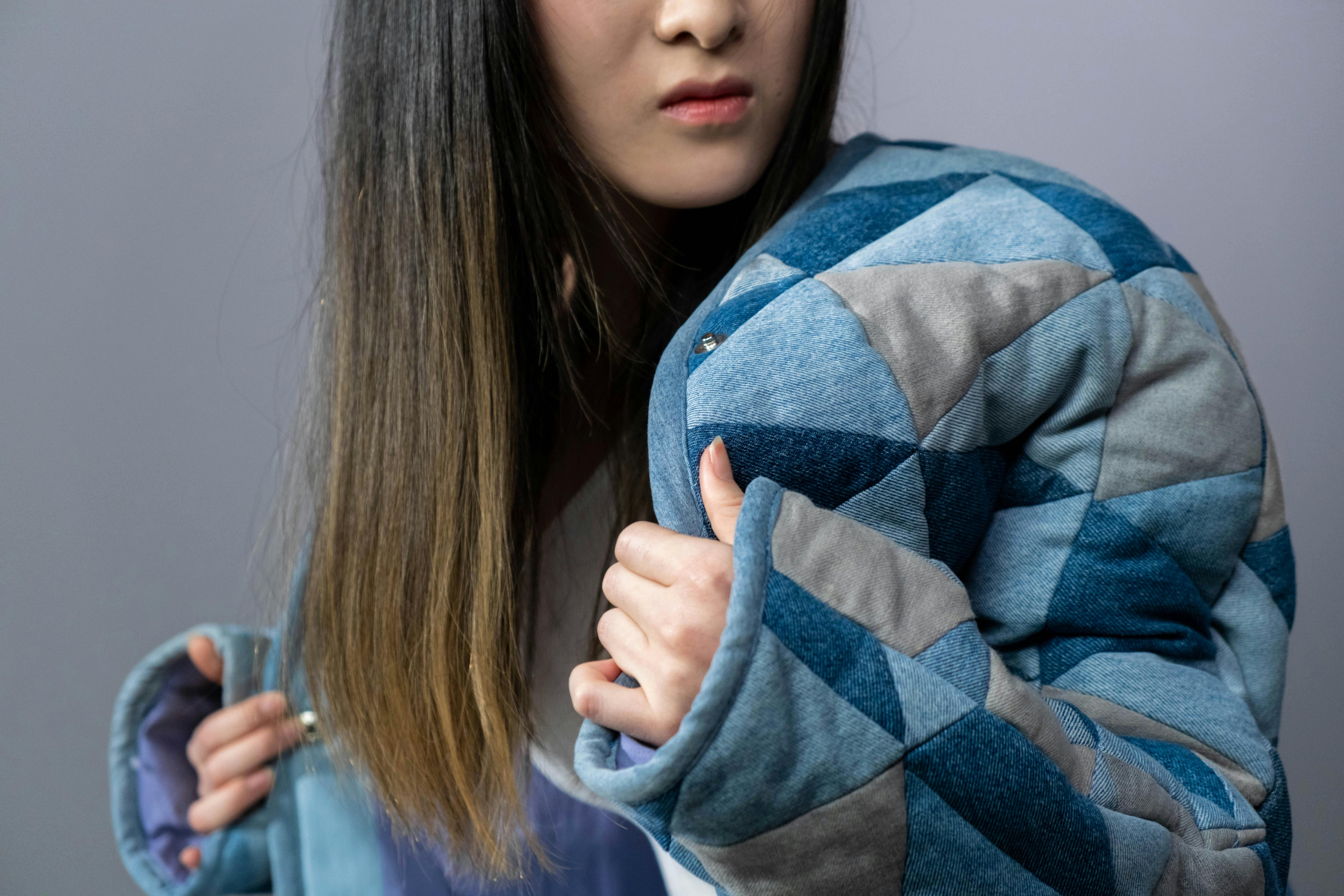

Find resources to improve your style from Imito Pakistan. Our blogs can help in your styling efficiently.

Walk into any wardrobe across the world and you’ll almost always find a pair of jeans. Faded, frayed, dark-rinsed, ripped, or rigid—jeans are that one constant piece in fashion that somehow manages to reinvent itself every single decade without losing its soul.
But if you think denim is just a fabric, or jeans are just pants, you’re missing the point entirely.
Over the past few years, the jeans industry has been going through something of a quiet revolution. Not loud like the tech world. Not flashy like the sneaker scene. But a slow, steady evolution—shaped by culture, sustainability, innovation, and craftsmanship—that’s changing the way jeans are made, worn, and valued.
Let’s take a walk through what’s really happening.
Mass production might have made jeans global, but it also stripped away a lot of what made denim special. Now, there’s a visible shift back to craftsmanship. We’re seeing a resurgence of selvedge denim, shuttle looms, natural indigo dyeing, and even hand-stitching in some cases.
Why? Because people are tired of fast. There’s growing appreciation for jeans that age beautifully, that carry character, and that aren’t afraid to fade.
It’s no longer just about buying jeans—it’s about owning a story.
Let's be honest: no one wants to suffer through stiff, unbreathable denim anymore. Modern denim tech has found a way to blend softness and stretch without compromising on durability. Whether it's hybrid fabrics or washed treatments that mimic years of wear, comfort now plays a central role in how jeans are designed.
But the grit? It’s still there. Because at the end of the day, jeans aren’t meant to be precious. They're meant to be lived in.
The cut of your jeans says more about you than you think. Baggy silhouettes are back—not as a throwback, but as a redefinition. Think late '90s freedom meets 2025 confidence. Meanwhile, slim fits haven’t disappeared either—they’ve just matured.
Denim now reflects identity more than trends. Artists, skaters, musicians, minimalists—everyone’s found a way to wear jeans their own way. It’s no longer about following fashion, but using denim as a canvas for self-expression.
Let’s be real—denim hasn’t always had the cleanest rep when it comes to the environment. But the pressure is finally yielding results. Waterless washes, recycled cotton, plant-based dyes, biodegradable hardware—real progress is being made.
And the best part? Consumers are starting to ask better questions. Who made these jeans? What were they dyed with? Can I wear them for years?
The jeans industry is being held accountable—and the brands that care are stepping up.
Once upon a time, jeans were boxed into "fall" and "winter" wear. That time is gone. With lighter weights, breathable fabrics, and all-year styling flexibility, denim has broken out of seasonal boundaries.
From oversized jorts in summer to layered straight cuts in colder months—denim now belongs to every climate, every season, every mood.
The future of jeans isn’t just about what they look like. It’s about what they mean. We’re entering an era where people care how their jeans were made, why a specific fabric was used, and what story they’ll tell five years from now.
Jeans are no longer just about fashion—they’re about purpose, personality, and permanence.
And maybe, just maybe, that's what makes them timeless.

Thanks for submitting your email address. Once your email address is successfully located in our system, we will send you an email with the information needed to reset your password.
The email might take a couple of minutes to reach your account. Please check your junk mail to ensure you receive it.